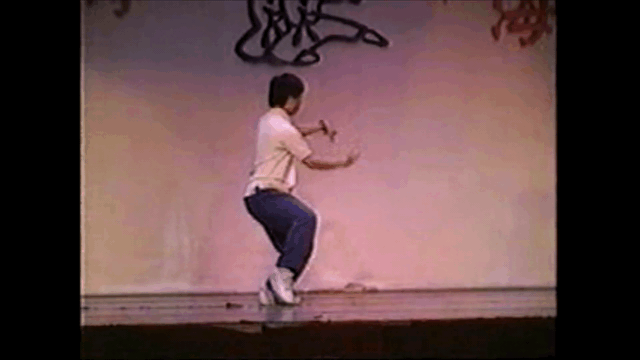Re: Fajin training
Peacedog wrote:The one I have the most experience with involves rebounding force.
Essentially, you absorb the incoming kinetic energy of your opponent onto the ligament/tendon (i.e. fasciae) network in the body. You are forming an arc between the contact point, say hands as an example, and the feet on the ground. If I am doing this statically with a student, they often describe the pressure they are putting on me as combing back at them from my feet. This goes into compression and it is released back into your opponent via a wave of kinetic energy that comes out the body. Using this method you can discharge from pretty much any point of contact (hands, feet, shoulders...).
The base technique can be learned in a weekend, but it takes a really long time to learn to do this at a speed where it is martially effective. FYI, I cannot do this upon demand at speed either. When I'm in practice, I can usually throw 90% of push hands people with very little effort although as a dabbler it may take me a few minutes to lock the other guy up first.
Mostly I've used it as a power training drill with students.
I have, very rarely, had things line up exactly right while sparring and sent people flying with seemingly no effort on my part. The sensation is akin to performing a perfect clean and jerk where the weights don't even seem to be there.
That said, the method seems to be very wearing on the disks in the spinal column and I don't recommend it to a lot of people as something to train more than once a week or so. And never if they are over 50 years of age.
The type of power, or effect rather, that you’re describing is actually called ‘Ti Fang’ (Lift Let go). It was confused with Fajin back around the 1930s.
.

